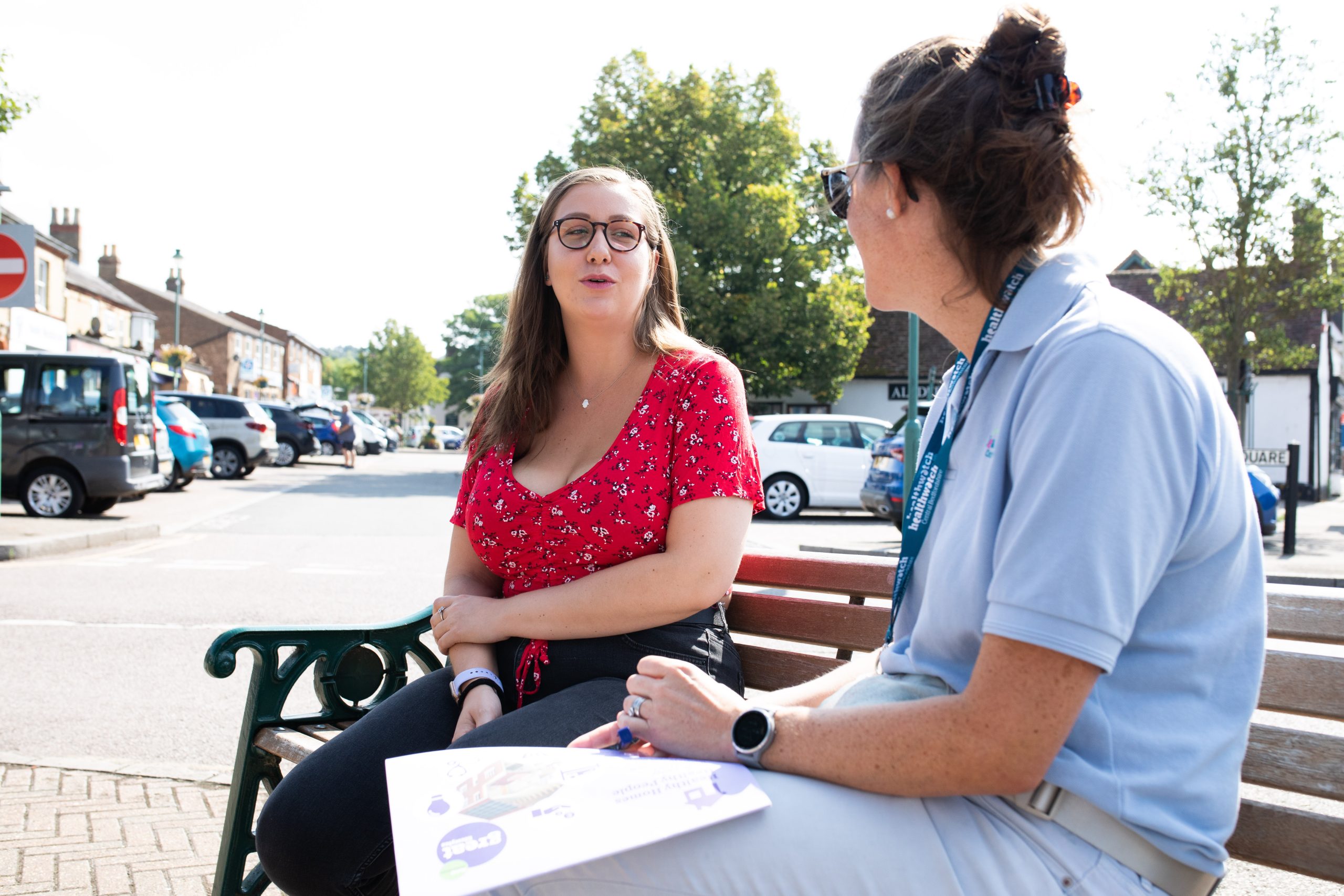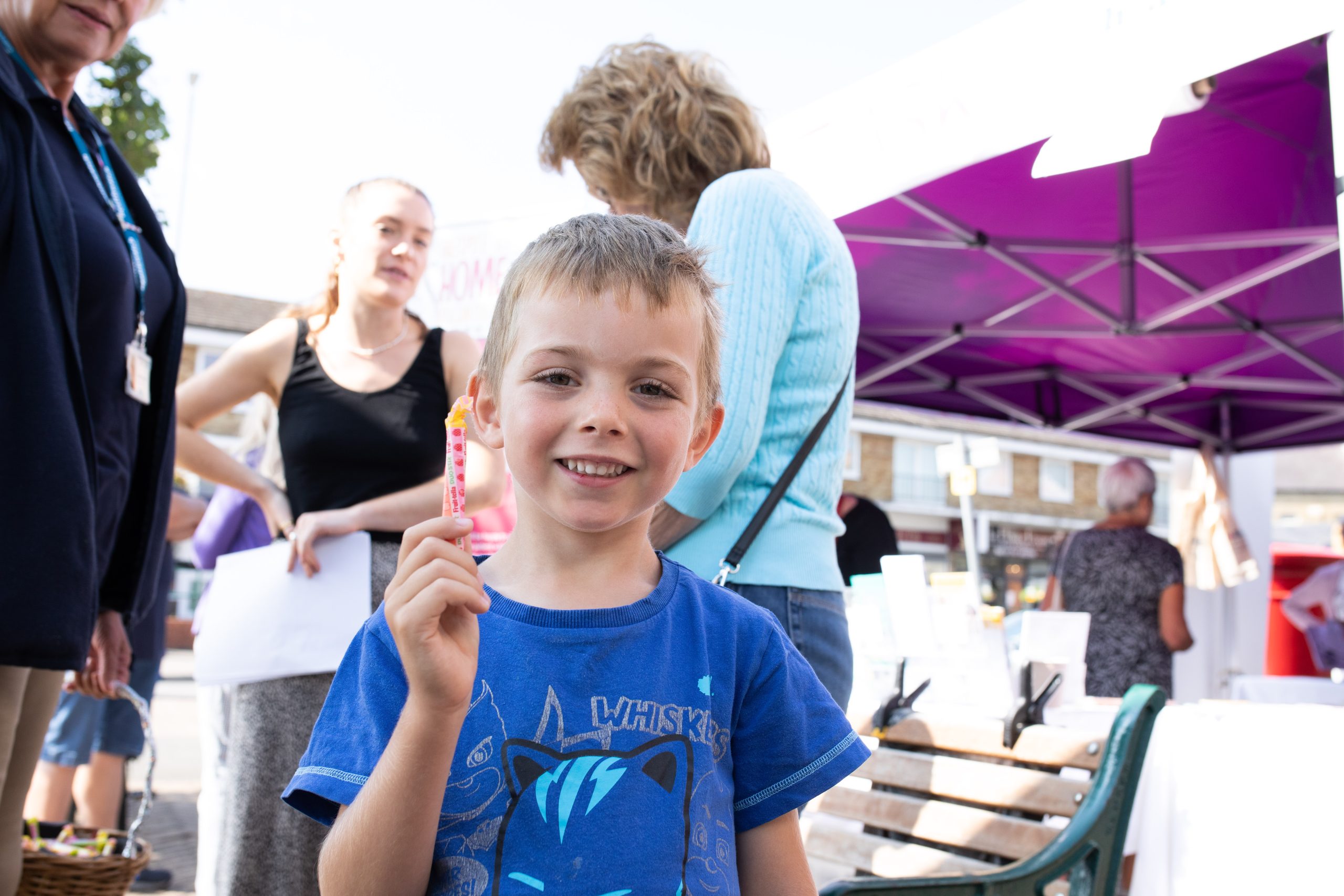The NHS wants to make it easier and safer for patients to get the right treatment when they need it, without waiting a long time to be seen in A&E. Find out what this means for you and your loved ones.
Last updated on 12 September 2022
How does NHS 111 work?
If you have an urgent, but not life-threatening health problem you can now contact NHS 111 to find out if you need to go to A&E.
NHS 111 can book you an appointment at your local A&E or emergency department. This time will be a rough guide for when you will be seen. This allows the NHS to better manage patient flow and over crowding in the A&E. With the aim for people to be seen sooner.
Your NHS 111 advisor or clinician could also make you a direct appointment with a GP, Pharmacist or Urgent Treatment Centre. They may also be able to give you the advice you need without using another service.


